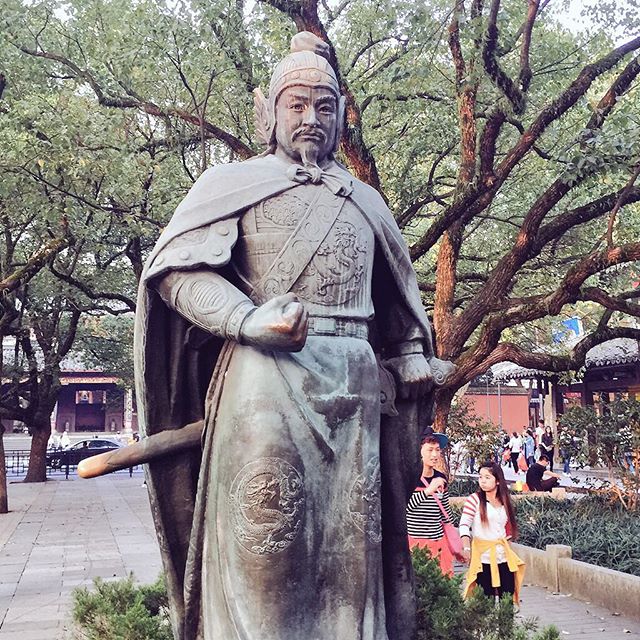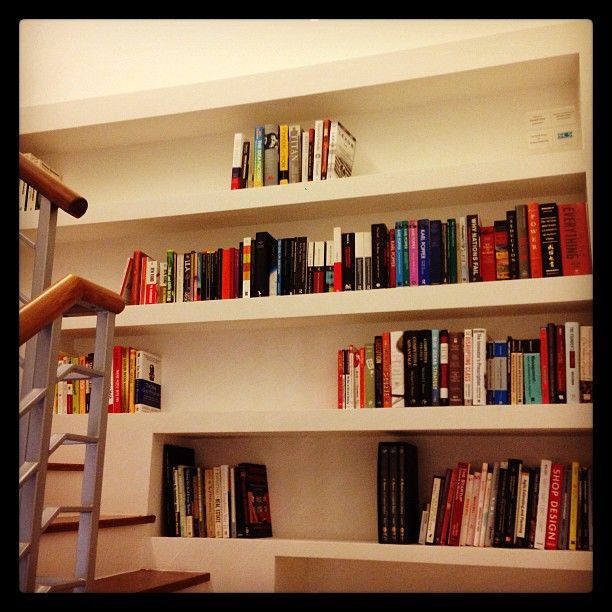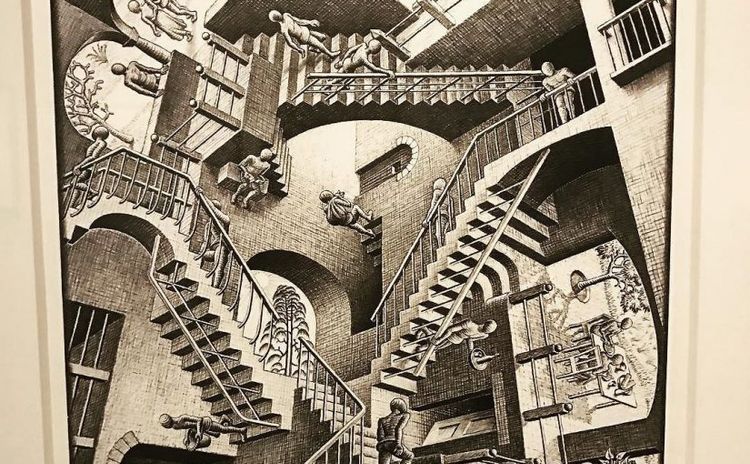How I think

Here is a framework that I explain to others to about my thinking process. Basically, how I think is broken into three parts: break the problem and solve by first principles, build or understand a strategy around a problem by a Bayesian approach i.e ascribing probabilities and statistics to a set of solutions that might tackle the problem that is complex and emergent, and lastly, figuring a business problem using basic unit economics and perspectives while figuring out how irrationality or behavior models might affect them.
When I think, I am often trying to solve a problem. For me, every problem must start with a question. As a trained theoretical physicist, I am trained to think from first principles and use orders of magnitude and scale to figure out where the laws of physics apply. The laws of physics are immutable and stand against the test of time. At the same time, we have theories in physics that are constantly built and deploy to solve existing problems. The beauty of physics is that you have the mathematical and philosophical toolbox to break an extremely complex problem down to small units where you can solve it individually.
How do I solve a problem once I have framed it into a proper and reasonable question? The why is often important before we ask how and what. First, I break the problem down to a scenario where the problem in the system can be modeled by a set of assumptions. In the same light, the agents within that scenario are dictated by the rules within that system. Sometimes, we can observe the system and find the set of rules and sometimes, we can make an educated guess on the rules.
While I might want to set my thinking process by logical assumptions, I often relied on intuition to make an educated guess for the problem that I might be solving at that moment in time. There are times which I cannot express why my tuition keeps telling me that no matter how someone may convince me the logic of the argument, but they are driving us to the wrong set of conclusions. Many times, I discover that the underlying assumptions are wrong in the process. I have learned to trust my intuition more as the years go by. Hence I do caution that I may not be able to communicate why something is wrong because I need a longer period to understand the problem and only to know in time, that my intuition is right.
First principles thinking are good for solving technical and engineering problems, and allows me to troubleshoot problems associated with technology. In science, it’s never about proving something right but merely establishing whether a way of thinking will lead to a set of consequences by deduction and eliminate the possibilities by falsification which is inductive thinking. In technology business, we often hear the concept of building your case with hypotheses and put them to the test by collecting and analyzing the data. The analysis will lead us to the conclusion whether the hypothesis is right or wrong. However, it is not the complete Swiss army knife to everything.
The second framework I used is often use for thinking about strategy and complex systems. This framework came from an interesting field of statistical physics, when we approach a problem using a statistical framework. It’s easy to ascribe a simple law of physics to how one atom or molecule move but when you have a system of many interacting molecules and atoms, you apply the statistical physics approach of an ensemble. In doing so, you discover another way of thinking which allow you to discover emergence where a macroscopic system might governed by very simple rules but yet yield different consequences depending on its evolution.
Self-organized criticality in biological systems and macroeconomics can be applied into thinking about public policy. This approach allows me to think about complex problems from public policy to business strategy. This approach allows me to build a heuristic model to draw out a subset of solutions to a complex problem but at the same time, ascribe probabilities to each scenario. What it means, is that I can find a strategy to solve a business problem with at least 20-50 different combinations, but I will follow up by putting a probability on each one of them. In doing so, I can select those which will give me the likely outcomes.
In real life, I have a different approach to find the set of solutions by taking the opposite and extreme position that I have on the problem. Then let everyone debate against me, and then I find the median solution to find the true middle which I can compromise or trade off. Most situations in life and work are not clear cut and dry and it requires me to expand the space of all possible solutions to the problem.
The last framework is to use economics to think about business problems. I look at a business problem by building the basic unit economics and figure out the effective addressable market. It’s meant for me to understand a business and how it works. The problem relies on the demand and supply and applying economic theories to look at how businesses uses technology to improve their operations or build new business models. Lately, I have started to put a toolbox of behavioral economics and try to seek out the bias in how the logic might drive you one way but the results are otherwise.
To make decisions relating to people, I often employ a thinking tool which I called perspectives thinking. In my mind, I set up how each stakeholder in that situation wants and thinks about the issues, and then I seek to find an alignment or a common thread that everyone can agree on and move them towards that alignment. It’s not perfect but it’s the only way for me to get things done or in other words, solving the problem by an inch everyday. When different people have their own agendas at stake, we cannot win without compromises and trade-offs.
While logic and numbers are the best way to convince me, I have taken an empathic approach lately to see beyond the numbers, and understand the human costs involved. It is important to think and be critical about how you assess very situation.




